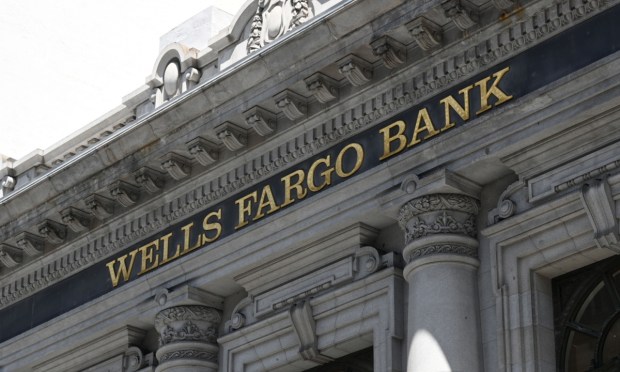
For America’s biggest banks, deposit costs are exceeding interest income.
That’s the first time that’s happened since the Federal Reserve began increasing rates two years ago, the Financial Times noted in a report Sunday (April 28) on the phenomenon.
Among the lenders in question is Wells Fargo, which paid almost $594 million more in fees to depositors in the first three months of year than it did in the prior quarter, while taking in $1 million in additional interest from its loans and investments during the same period.
Meanwhile, JPMorgan Chase and Citi both paid out more to depositors than they took in additional interest last quarter — around $350 million each. In the past quarter, the two lenders’ additional interest income exceeded payments to depositors by $2.3 billion.
Another lender, U.S. Bancorp, reported earlier this month that it had seen a decline in its net interest income.
“Clients are just optimizing, just looking at their balance sheet, looking at their balances — especially in this higher-rate environment, and now that they know it’s going to be here for a longer period of time — they’re taking a closer eye to it,” John Stern, U.S. Bancorp’s finance chief, said during an earnings call.
The bank’s net interest income for the quarter was $3.9 billion, falling 3.1% for the fourth quarter of 2023, and 14% year over year.
“Regardless of what happens to rates, deposit costs are going to continue to rise,” Greg Hertrich, head of U.S. depository strategies at Nomura, told the FT.
“Traditionally, the way it has worked is that your deposit base usually came from your same metropolitan area. But in today’s environment, the vast majority of deposit rates are advertised to a much wider audience than they used to be.”
Meanwhile, PYMNTS last week examined the ongoing shift in financial services, as seen by banks’ latest earnings results.
For example, Bank of America recently reported “a staggering 3.4 billion digital logins, with digital sales accounting for half of its total sales,” that report said.
And Truist Financial last week reported a 13% surge in digital transactions — totaling 76 million — while mobile app users rose by 8% to 4.9 million year over year.
James Butland, vice president of payments and U.K. managing director at Mangopay, talked about this trend — and the obstacle it presents to banks — in a recent interview with PYMNTS.
“The challenge that a traditional bank has, is that they sit on 150, 200 years of legacy infrastructure and probably 60 years of legacy technology. So, banks have found it difficult to innovate quickly,” Butland said. But he added that “banks are starting to realize the speed at which technology has changed the world.”